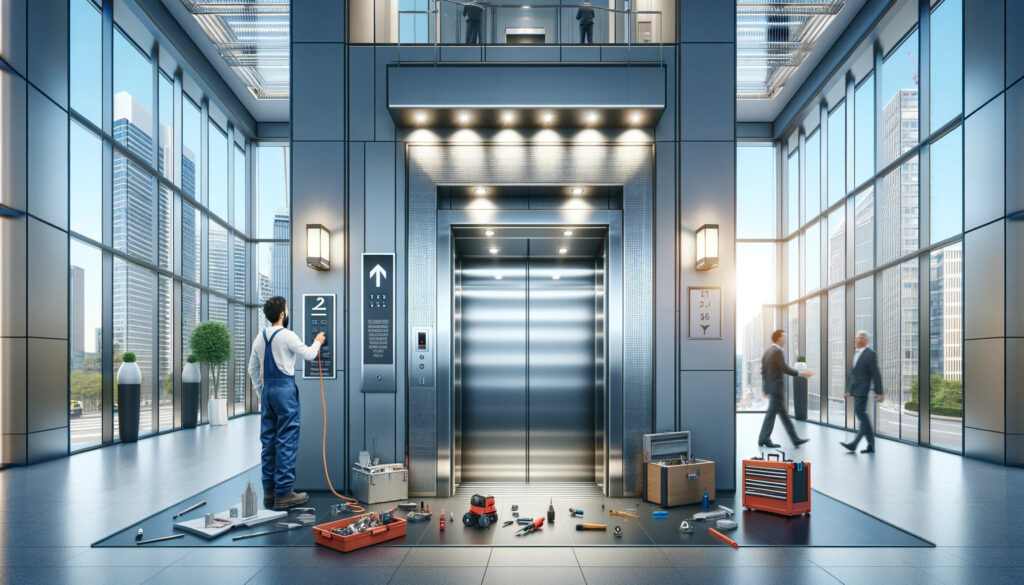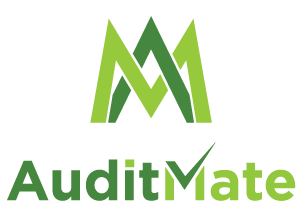The Impact of Preventive Maintenance on Elevator Lifespan and Performance
Elevators don’t just move people; they symbolize the flow of life in our buildings. Keeping them running smoothly transcends mere maintenance—it’s a commitment to safety and efficiency, a crucial aspect often taken for granted in the daily hustle.
The smooth operation of an elevator is not a luxury; it’s a necessity, integral to the rhythm of urban life. Regular maintenance is the key, ensuring this necessity is met every day, without fail. Behind every reliable elevator ride is a regimen of preventive maintenance, often unseen but ever-present—the true force that keeps our urban life moving seamlessly.
As a facilities executive or building owner, elevator functionality impacts your tenants, customers, operations, costs, and regulatory compliance every single day. Yet the intricate mechanisms and safety systems enabling elevator travel easily fade into the background for most people. They step inside, press a button, and simply expect a smooth ride to the desired floor. For you, however, elevator systems represent complex, business-critical assets requiring extensive monitoring and maintenance behind the scenes to deliver the reliability, longevity and performance that your property stakeholders rely on.
Skipping preventive maintenance may seem like an easy way to trim budgets in the short term, but inevitably deteriorates elevator safety, lifespan, and functionality over the long run.
Read on to learn just how vital proper maintenance is for protecting your elevator investment while avoiding operational issues, safety hazards, and regulatory fines.

The Benefits of Scheduled Elevator Maintenance
Think of an elevator like an athlete—to operate reliably under heavy use day after day, all components need to be finely tuned and in peak condition. Preventive maintenance provides periodic inspection and replacement of parts before they fail or cause broader issues. Benefits include:
Maximized Lifespan
By replacing worn parts before failure and keeping components properly lubricated, routine maintenance prevents the cumulative wear and tear that shortens overall lifespan. Properly maintained elevators see 40-50 years of smooth operation.
Optimized Performance
Adjusting belts/chains, cleaning contacts, and recalibrating sensors maintains speed, handling capacity, and precision stopping. Preemptively replacing hydraulic fluid and rails also boosts performance.
Enhanced Safety
Potential hazards like frayed cables, faulty doors and brakes, imbalanced loads, damaged car parts, and more are all discovered and fixed during routine maintenance. This protects passengers and payload.
Improved Accessibility
Consistent upkeep helps keep special accessibility features of elevators, like door sensors and telephone monitoring systems, in reliable working order.
Lower Lifecycle Costs
While preventive maintenance requires periodic expenditures, lacking this care causes operational disruptions, major repairs, and safety incidents that cost exponentially more over the lifespan of an elevator.
Regulatory Compliance
Strict codes regulate maintenance schedules and reporting to certify safety. Skipping requirements puts buildings at risk for hefty fines, revocation of operating certificates, lawsuits in case of accidents, and even criminal liability.
Clearly, inconsistent or nonexistent maintenance opens the door for a host of expensive problems down the road—much like skipping oil changes leads to major engine damage over time.

What Happens Without Preventive Maintenance
Building owners seeking to trim operational costs often put off preventive elevator maintenance or extend time between regularly scheduled servicing. Initially this may seem harmless on the surface. Yet slow wear and tear or sudden failures from lack of maintenance inevitably take a heavy toll, including:
Operational Disruptions
Out of service elevators frustrate tenants/customers, negatively impact accessibility, drive up labor costs for temporary solutions like shuttle buses in multi-story buildings, and more. These disruptions ripple into diminished revenue and reputational damage.
Asset Deterioration
Without preventive maintenance, components face rapid deterioration from prolonged use without lubrication, cleaning, adjustment etc. Wear items like brake pads and cables require more frequent replacement. Parts enduring added friction fail quicker while metal surfaces corrode.
Safety Hazards
Lacking maintenance directly correlates to heightened injury risks for riders. Failing door sensors can cause openings/closings on limbs, faulty emergency brakes may fail to stop uncontrolled descents, and inconsistent leveling leaves dangerous spaces between car and landing.
Regulatory Action
Certifying bodies revoke operating certificates for non-compliance with safety codes and maintenance schedules. Owners face lawsuits, fines reaching $70k+, and even criminal charges following accidents traced back to neglected care.
Costly Repairs
Putting off relatively inexpensive but vital upkeep inevitably requires emergency repairs or full component replacements that balloon costs by tens of thousands—sometimes more. No preventive maintenance is proven to quadruple lifespan costs.
Software Solutions for Monitoring Elevator Maintenance
Tracking detailed maintenance records, schedules, costs, regulatory forms, and more presents an immense logistical challenge—especially for properties with multiple elevators provided by different vendors. Missing just one lubrication or inspection deadline can spell danger.
Powerful software solutions like AuditMate ease this burden with digital tools consolidating and centralizing real-time equipment data straight from elevators and maintenance crews. Key features like mobile checklists, maintenance scheduling, automatic reminders, lifetime equipment records, cost trend reports, and rich analytics deliver new visibility allowing better budgeting and oversight.
By flagging any lacking maintenance threatening building function, tenant experience, or regulatory compliance, software becomes an invaluable early warning system. This allows deficiencies to be proactively fixed before causing extended outages, dangerous failures, violations, and more headaches.
Keep Your Elevators Humming
In our fast-paced and interconnected world, elevator performance and safety impact huge numbers of people each day. Yet too often, preventive maintenance is viewed as an expendable budget line item versus a fundamental necessity. In reality consistent servicing pays untold dividends in optimized equipment lifespan, lower lifetime costs, minimized downtime, assured passenger comfort and safety, and compliance with strict regulatory codes.
By leveraging powerful software tools like AuditMate to centralize equipment data and simplify oversight, building owners can easily track and schedule all vital maintenance for their elevator portfolios. This small commitment to proactive upkeep avoids the tangible dangers and exorbitant costs inflicted by elevators allowed to slowly deteriorate without needed care. Simply put, prioritizing preventive maintenance keeps tenants happily riding and facilities teams smiling all the way to the bank.

Frequently Asked Questions | AuditMate
FAQs
What are the main benefits of preventive elevator maintenance?
The key benefits are maximized lifespan, optimized performance, enhanced safety, improved accessibility, lower lifecycle costs, and regulatory compliance. Routine maintenance enhances all these aspects.
How often should elevator maintenance be performed?
Maintenance frequency depends on equipment age and use levels, but elevators should be serviced every 1-3 months to replace worn parts, lubricate, calibrate sensors, test functionality, and identify any emerging issues before they worsen.
What happens if I skip or delay preventive maintenance?
Lacking maintenance causes accelerated wear along with sudden cable, motor, brake, door and other failures. This leads to injuries, operational disruptions, regulatory fines, and exponentially inflated repair/replacement costs over the elevator’s lifespan.
What are some software tools to help manage elevator maintenance?
Solutions like AuditMate centralize real-time equipment data to track maintenance records, schedule upcoming servicing, automate reminders, provide cost analytics, and simplify regulatory reporting for elevator portfolios. This optimizes oversight.
How can consistent maintenance improve passenger safety?
Routine multi-point inspections and part replacements minimize hazards like fraying cables, uneven leveling, shaky rails, faulty doors/sensors, uncontrolled descents due to handbrake failures, and tripping due to damaged car conditions. Proper care is essential.

